Among flower growers, an exotic sheffler flower has recently been very popular - an unusual tropical plant that was able to adapt to growth at home, while not requiring extra effort to care for. Despite the fact that the plant is not capricious, it is necessary to know the basic rules of maintenance so that the tropical exotics do not die in the apartment.
Content
Characteristics of shefflers and species diversity
Belongs to the Araliev family, of which in nature there are about 200 species that grow in tropical areas. Outwardly, it resembles a small tree or bush with leaves of an unusual shape, which are divided into many parts, similar to an open umbrella.
Adapted for home breeding, there are a little more than ten species, but flowering from them is almost impossible to achieve. The most common indoor types of shefflers:
- Eight-leafed. It can be found in China, Japan, Vietnam, Tibet, India and Taiwan. In natural habitats can grow up to 15 meters. Petioles C. eight-leaf drooping, reach 30 cm in length and have a cream color. Rosettes consist of 8 green oval leaf plates (in some cases up to 11).
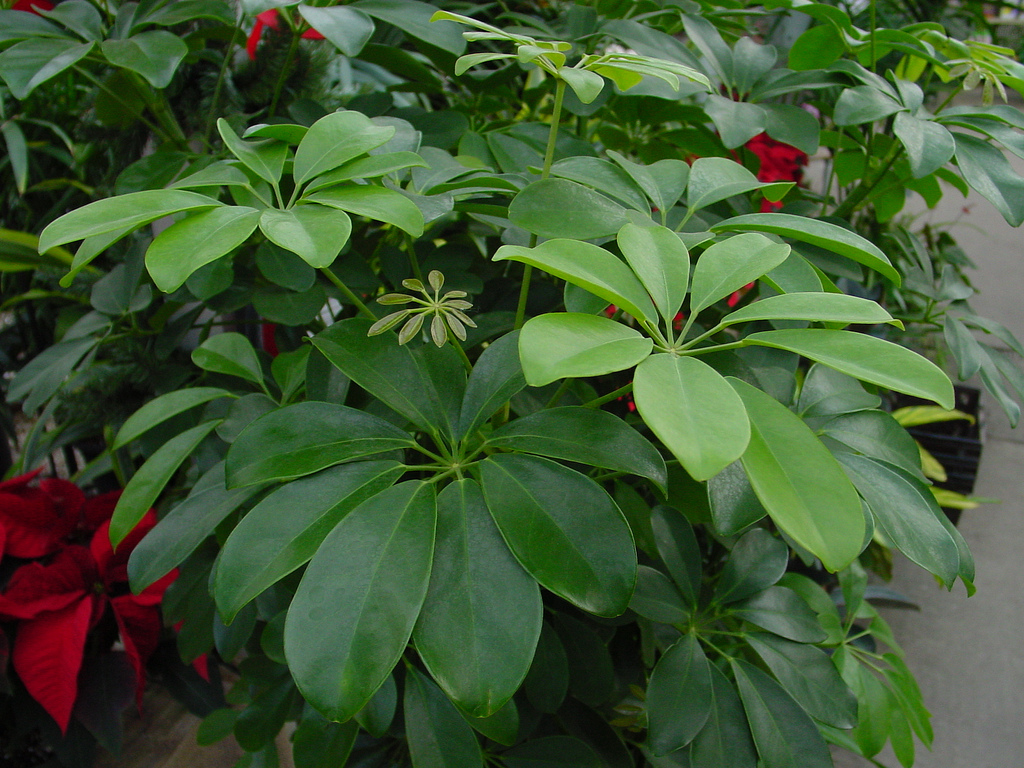
Scheffler's eight-leafed The glossy top of the leathery sheet is combined with a matte back. In late autumn, inflorescences bloom in white flowers, and by the beginning of winter, fruits appear in this place. Wood is used for making matches, as well as with leaflets in alternative medicine.
- Tree-like. Homeland - Taiwan and Hainan. Evergreen shrub that has proven itself in apartment conditions. Able to grow up to 4 meters. Palm-shaped leaves have from 7 to 9 twenty-centimeter plates. Flowers have the appearance of branched panicles. Sh. Tree-like is taken as the basis for the cultivation of such varieties as: Amate (even less whimsical to care and susceptible to pests), Gold Capella (in appearance resembles a palm tree, leaflets are green spotty-yellow).
This type of plant is used in bonsai culture because of its unpretentiousness and aerial roots, which, upon reaching the soil, take on the functions of ordinary ones, but at the same time have an amazing appearance that looks very unusual. However, very favorable conditions that can be recreated are needed to stimulate the growth of aerial roots.
- Palmate. The New Zealand Scheffler in nature grows up to 8 m. The leaves are similar to palm leaves, open with an umbrella and contain up to 10 thin pointed plates. This species is dying out, as New Zealanders massively cut it for raw materials for making souvenirs.
Sh. Palmate blooms with small flowers in large umbrella inflorescences, the juice of which is used by local healers in the treatment of skin diseases. The purple fruits of the plant are edible and attacked by birds.
- Radiant. Evergreen tree, reaching 12 meters in height. The sheet may consist of 16 separate radiant plates. Young leaves may have a rare-tooth structure. It blooms in red and gives black fruits with a purple hue, which feed birds and mammals. An amazing fact: it was this type of shefflers that was awarded the Prize for Decorative Merit in the UK.
Features of flower care at home
Depending on the species, you can purchase a more or less photophilous plant. But general recommendations for the care will allow the tree to be kept in comfortable conditions and enjoy its decorative effect all year round.
Temperature and light
Correct light is important not only for the development of the plant, but also for the severity of the color. It is better to avoid the north and south windows, since in the first case there will be insufficient light (or choose varieties with green leaves), and in the second there is a risk of burning the plant.
In the summer, you can shade the pot or put it on any hill next to the window so that direct rays do not burn leaves. In winter, it is recommended to protect plants from heating devices, as this can provoke dropping of leaves, and additionally illuminate the pot due to short daylight hours.
Humidity, watering and fertilizer
Humidity needs to be given special attention. Regular spraying is indicated, especially during the hot period. You can also use a shower or a tray with wet expanded clay. As an option - purchase a humidifier.
Watering is moderate, the soil should not be allowed to dry out, it should be moist. Excess moisture is harmful, as it will cause rotting of the root system. Water for both irrigation and spraying needs to be taken soft, settled, at room temperature. Due to aggressive, cold water, the flower may begin to shed its leaves.
The type of fertilizer is selected based on the growth phase. It is better not to fertilize a young or recently transplanted plant. In the growth stage, you can connect complex fertilizers, and during the period of an active set of greens, switch to nitrogen-containing ones.
Trimming shefflers and crown shaping
Schaeffler doesn’t respond very well to pruning; to preserve decorativeness, you need to plant several seedlings of the same development and size in one container.
In order for several plants to form visually one, their trunks intertwine as they grow. It can be a double spiral of two sprouts or a braid of three. Weaving is carried out on a support, since the young tree still has flexible branches.
Upon reaching the desired height, the tops of the trunks are pinched and then new shoots are formed. In order to form a magnificent, spherical crown, they stimulate the growth of lateral shoots by cutting the apical 5 internodes down.
Possible problems with cultivation and their solution
The main problems that flower growers may encounter can be distinguished:
| Problem | Cause | Decision |
|---|---|---|
| Leaf drop | Violation of temperature or water conditions, draft | Check and eliminate such factors as: air temperature below 12 degrees or above 27, direct sunlight, drafts, waterlogged soil, temperature and softness of water during irrigation. |
| Spots on the leaves of white and yellow flowers | Direct sunlight | Change the location of the pot or shade it. |
| Against the background of stretching stems, the color of the plant has faded | Lack of light and fertilizer | If the issue is not solved by changing the location, then add artificial lighting. |
| The leaves are dry | Excessive heat and / or lack of moisture | Increase watering, conduct regular irrigation of leaves, add moist expanded clay to the pan. |
| Root decay | Excessive moisture and / or heat | Reduce watering, lower the room temperature. |
Breeding and transplanting house shefflers
For inexperienced gardeners, it is better to start experimenting with the propagation of green leaf varieties, since their rooting is easier. Schaeffler propagates by layering, cuttings and seeds.
Layering
This type of propagation is only suitable for large enough flowers.
Layout breeding algorithm:
- In early spring, choose a large, healthy plant and make a clean sharp knife with an incision on the trunk.
- Apply moist moss to the incision site and fix with a film.
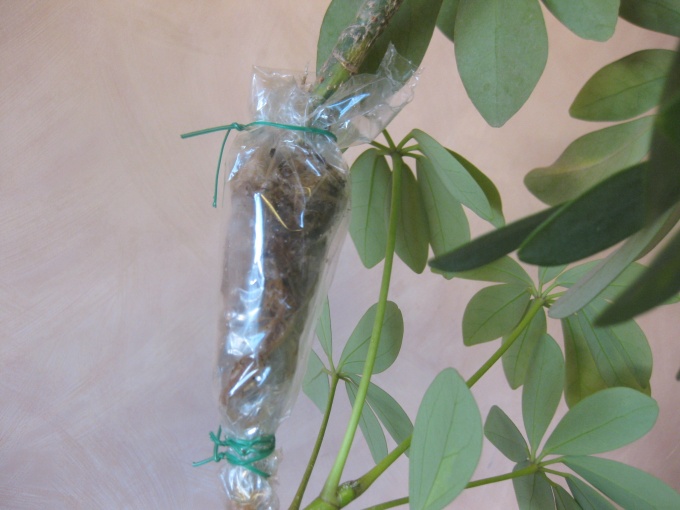
Propagation by layering - Keep track of the moisture of the moss, it should not dry out.
- When the roots appear (not earlier than in a month), cut off the stem just below them.
- Prepare a mixture for rooting from sand and peat 1: 1.
- Plant in the mixture layering and wait for rooting. When green leaves appear, it means that you can transplant into a permanent pot.
Cuttings
The easiest way to get a new plant is the method of cuttings. Semi-lignified branches that remained after the formation or trimming of the crown are perfect for him.
Spring cuttings are carried out according to this scheme:
- Semi-lignified cuttings are cut from the mother tree.
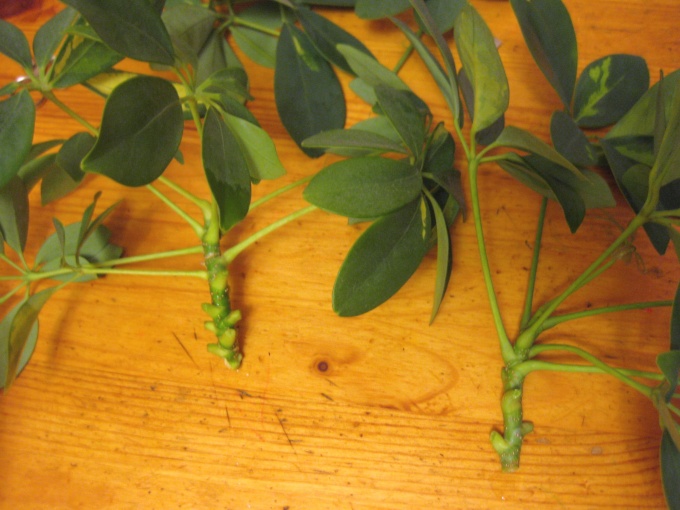
Shanks shefflers - Slices of the cuttings are treated with root growth stimulants.
- Soil is being prepared. Well proven universal, with the addition of an equal proportion of coarse sand.
- The stalk is planted in a pot and a greenhouse is created, which every day needs to be removed for half an hour for ventilation.
- If possible, it is necessary to provide heating from below, the temperature should be 22-25 degrees.
- Provide the pot with a warm, bright place, protected from drafts during the entire rooting period.
Seeds
Seeds for planting should be bought in advance in specialized stores, as it is impossible to obtain them at home. Sowing can be performed from the beginning of winter to the beginning of spring.
It is important to follow these rules:
- Soil is chosen loose and with good air traffic. An excellent option is a universal soil with the addition of sand.
- Prepare the container. It must have a hole for the exit of excess water.
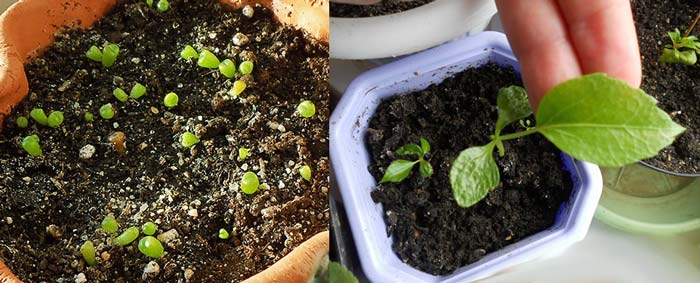
Seed propagation - A drainage layer is laid in the pot. Top is covered with soil.
- Seeds are carefully deepened into the ground by 0.5 cm.
- Sowing is insulated with a film, which is removed daily for ventilation.
- After the first seedlings appear, the pot is moved to a bright place and the temperature is reduced to 17 ° C.
History of growing flowers and signs
There is no consensus in whose honor the umbrella tree was named. According to one version - in honor of the German botanist Y.K. Schaeffer, who made a huge contribution not only to the study of plants, having published in 1759 a book on plants in medicine, but also left a mark in religion, optics, and other sciences. According to another version - in honor of the scientist P.E.Ya. Scheffler from Poland. Both lived in the 18th century.
The tree plant has earned popularity among esotericists for its ability to absorb negative energy. It is good to put it in the bedroom, to establish an energy background or in crowded places. For example, offices or meeting rooms.
Also, the flower is endowed with the gift of divination. It is worth observing the behavior of a room psychic in order to understand in which sphere changes are expected:
- falling leaves warns of illness of someone living in the room;
- darkening of the trunk warns that the atmosphere in the house is too negative and the plant can no longer cope with the cleansing;
- lack of growth portends a period of stagnation in any area of life;
- but the leap in growth and lush flowering brings good news about the replenishment in the family.
Common Growing Questions
Tropical tree - amazing in appearance and useful properties, ability to ionize air and absorb negative energy. With proper care, it adapts perfectly to the room. It is worth remembering that the leaves and stems contain a small amount of poison, so you should protect children and animals from interacting with them.

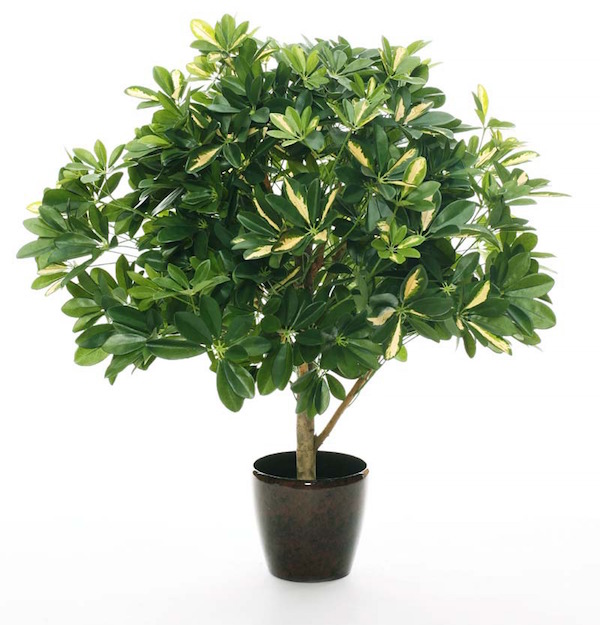
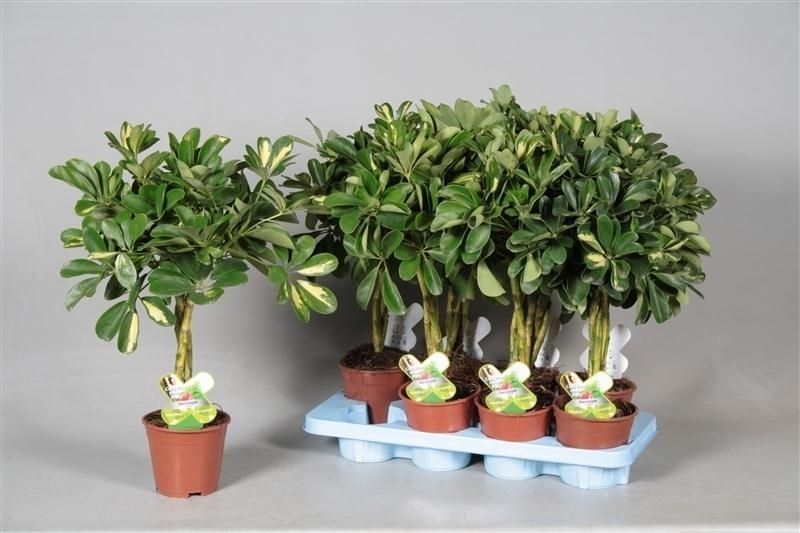
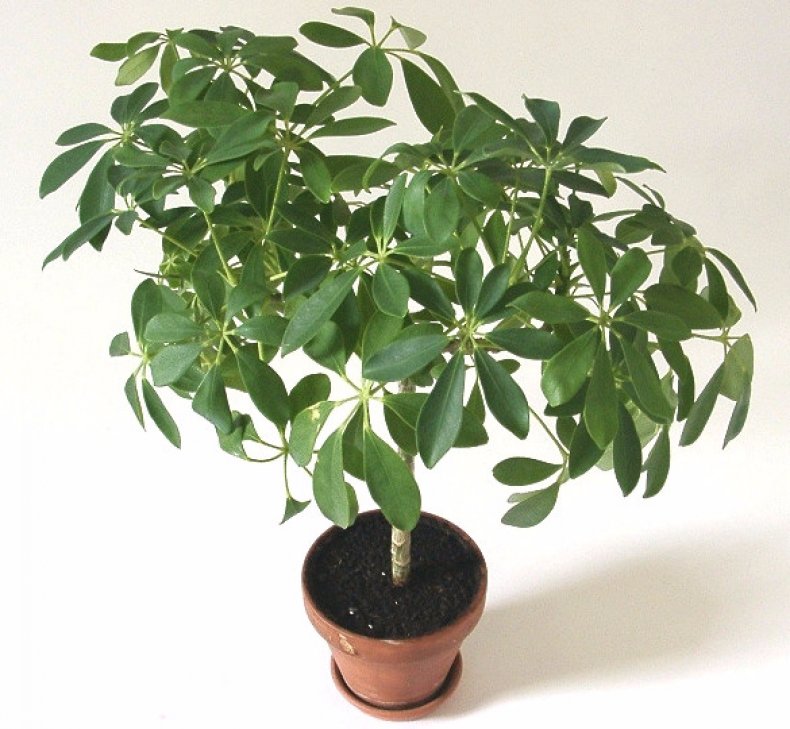
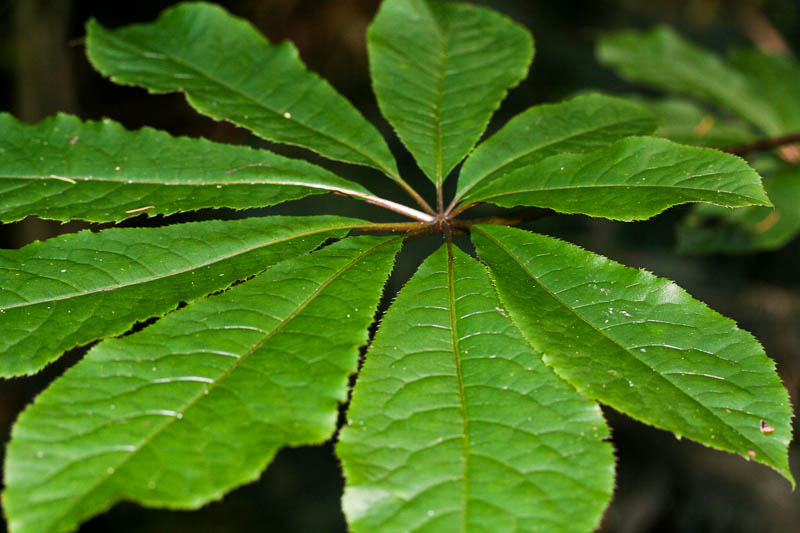
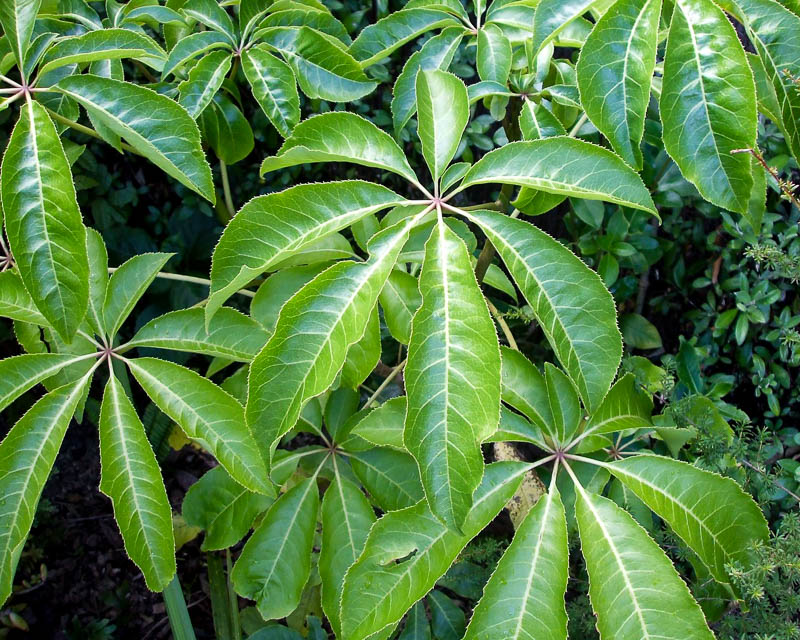
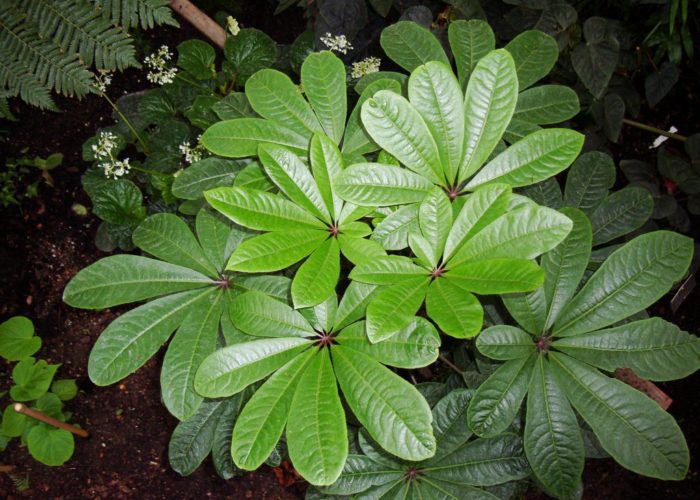
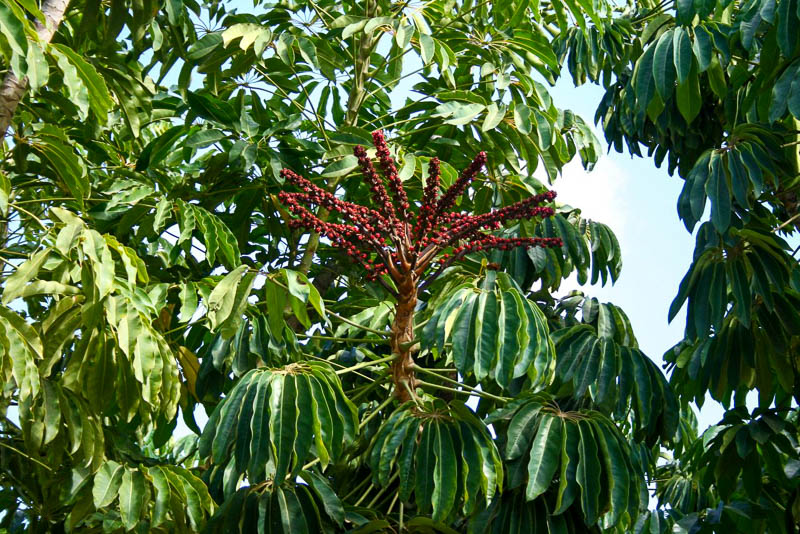
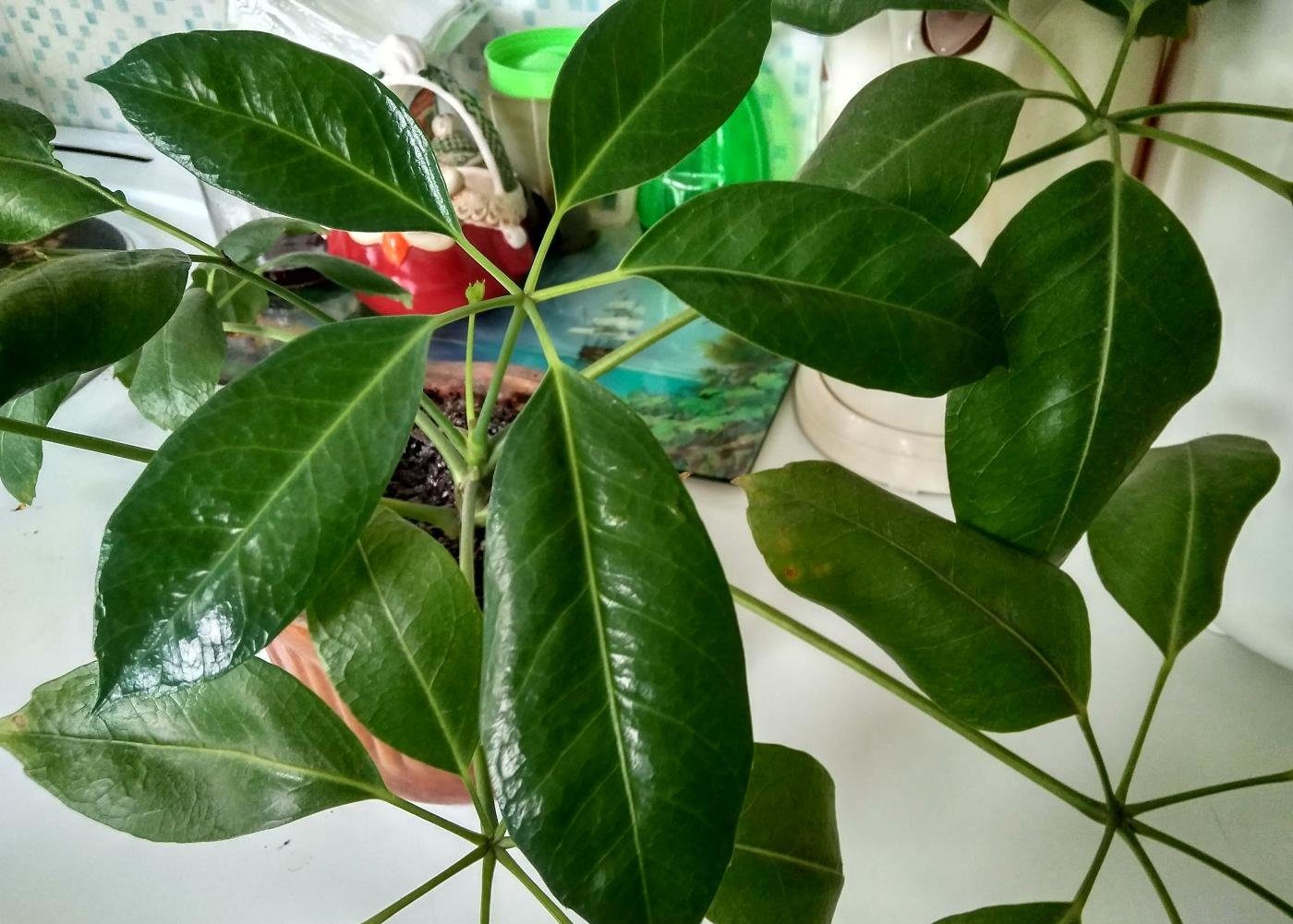
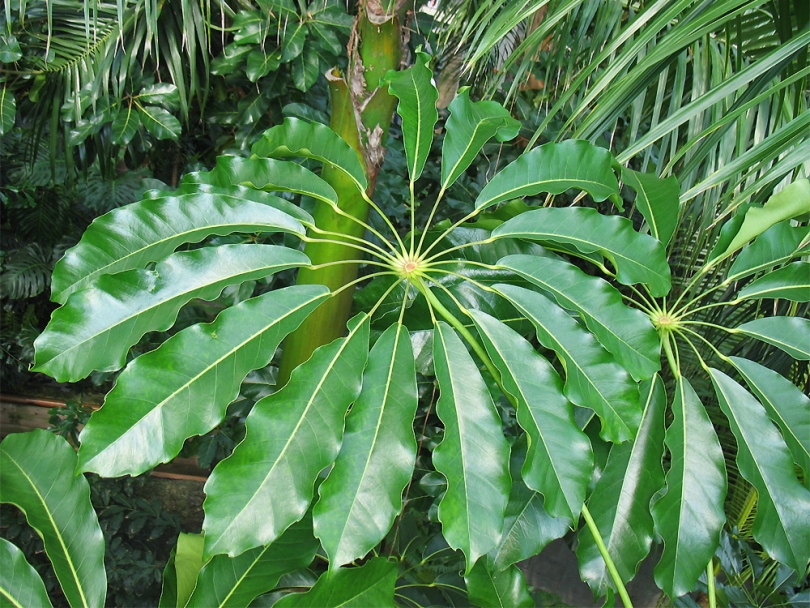
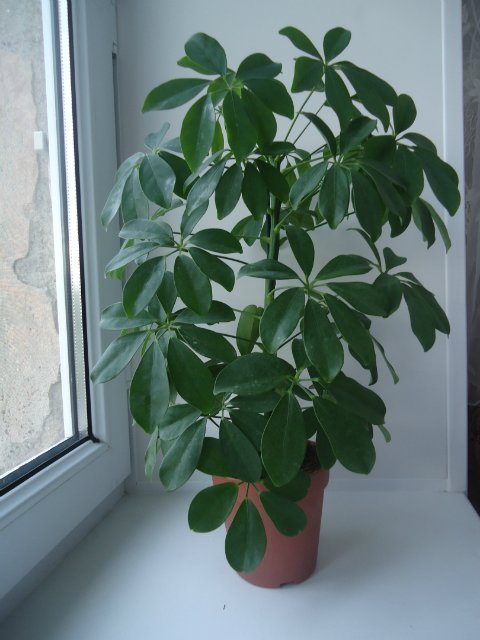




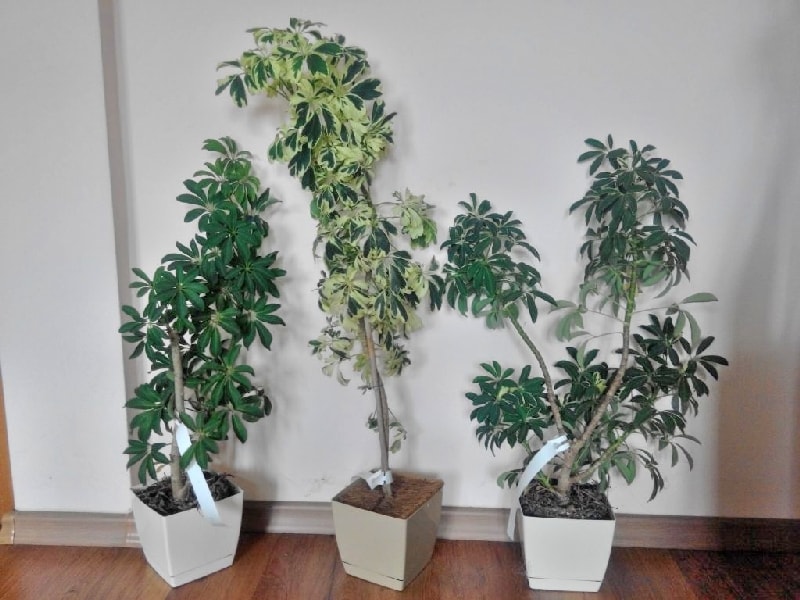
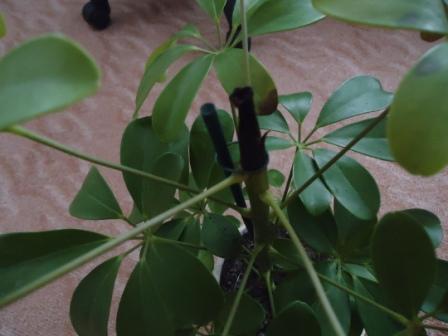
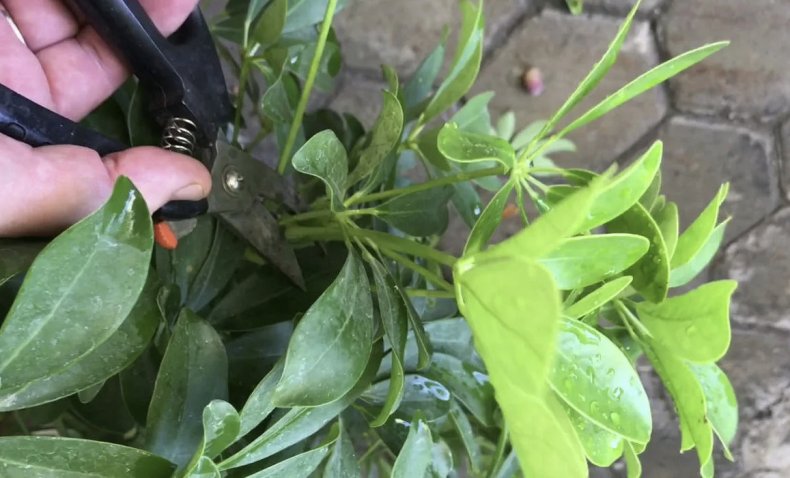
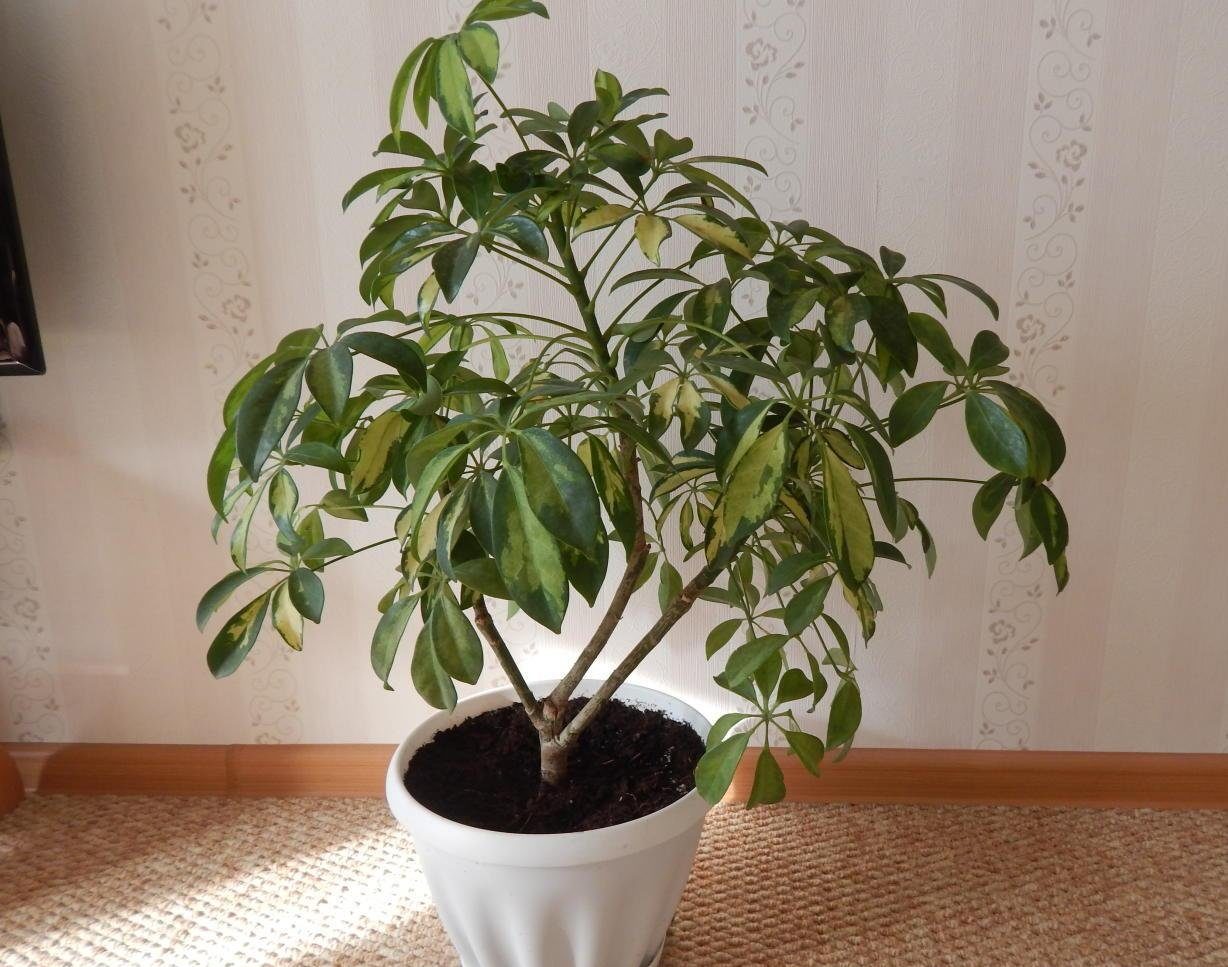
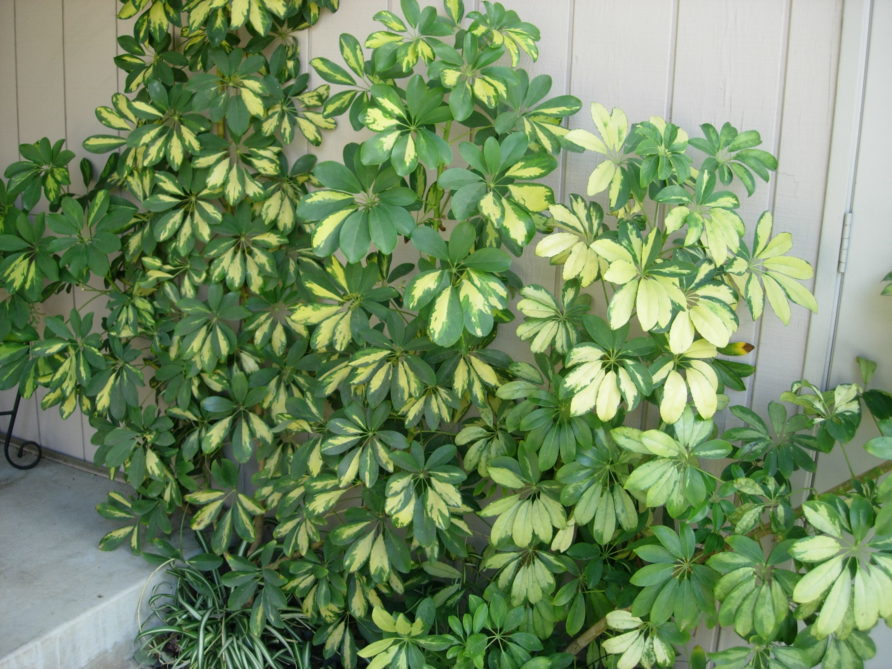

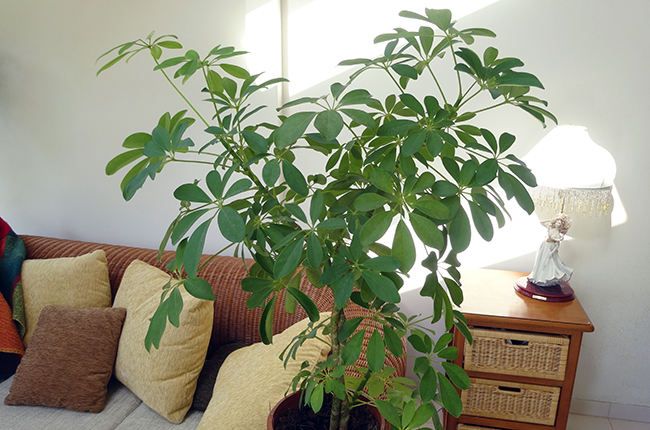
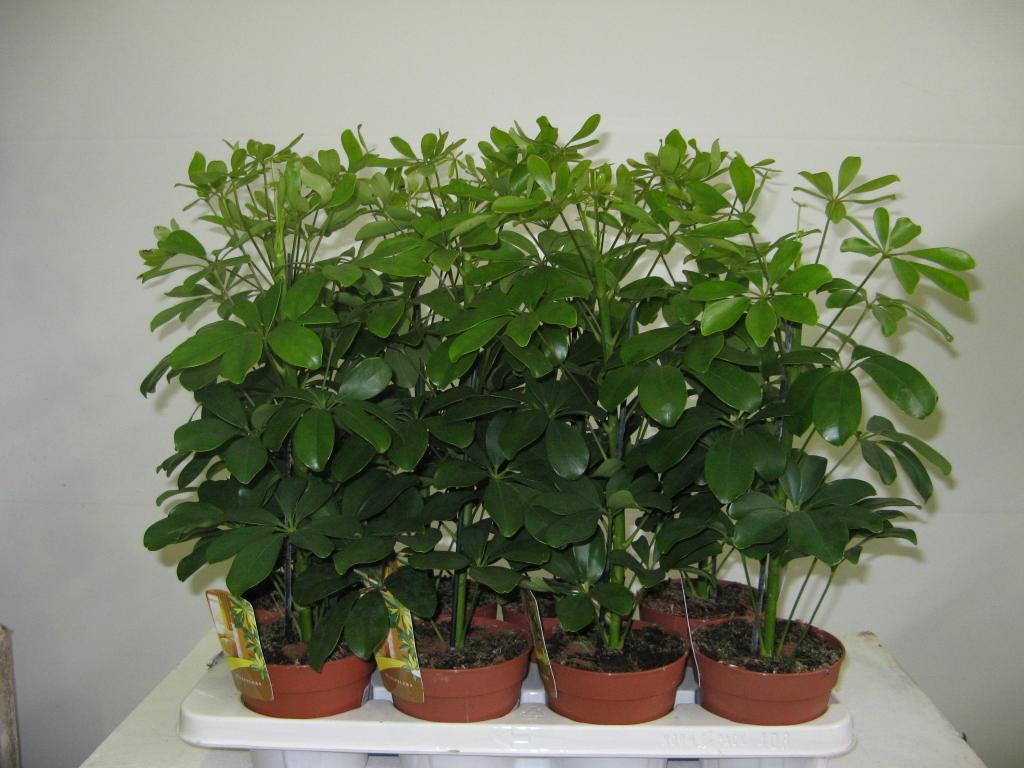
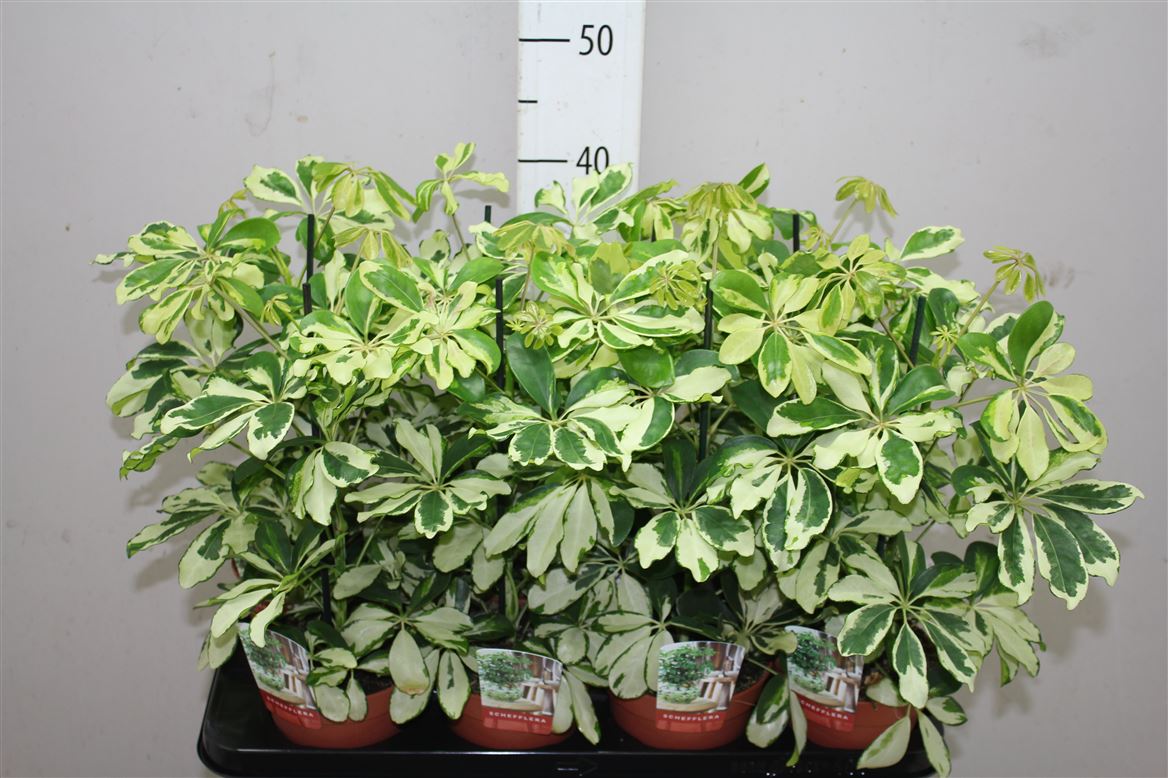
 10 beautiful annuals that bloom all summer
10 beautiful annuals that bloom all summer Sow in the ground, without seedlings: 10 beautiful and unpretentious flowers
Sow in the ground, without seedlings: 10 beautiful and unpretentious flowers Platicodon planting and outdoor care
Platicodon planting and outdoor care Hosta - planting and care in the open ground in the Urals
Hosta - planting and care in the open ground in the Urals